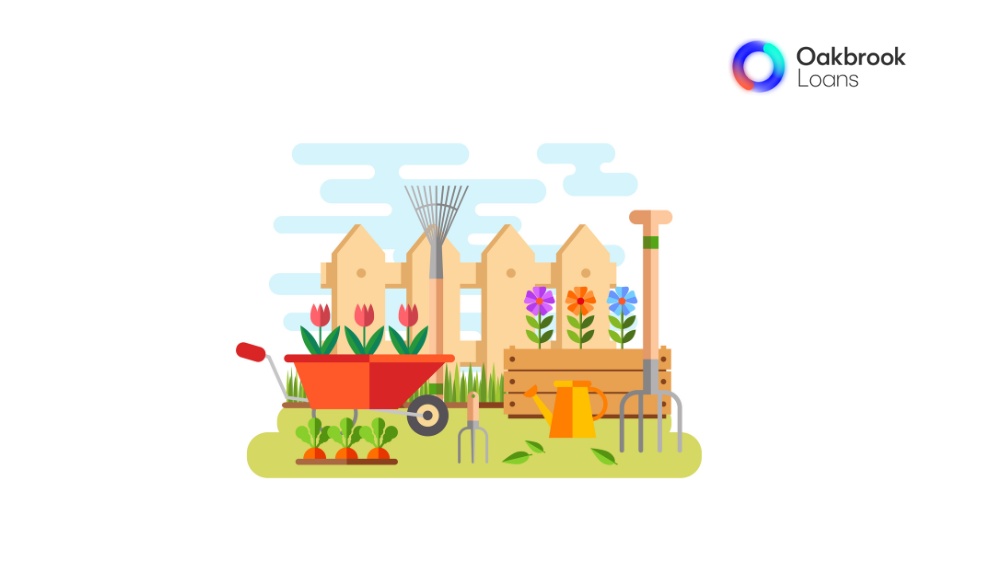

A Checklist to Keep Your Garden Thriving in Summer
12th July 2024
As the UK experiences the hottest day of the year with temperatures soaring to 28.3°C, it's clear that summer is in full swing. With temperatures expected to reach as high as 31°C in some areas, it's important to ensure your garden thrives during summer conditions.
Here are essential tasks and tips to keep your outdoor space vibrant and healthy during the summer heat.
Weed Paths and Borders
Summer is when we most enjoy our gardens, but it's also when weeds thrive, especially after recent rains and now warmer weather. Weeding is easier when the soil is wet, allowing you to easily lift out young and established weeds. However, you can also weed when it’s dry by running a hoe over the surface to loosen seedlings, letting them dry out. Just remember, if it rains later, to remove these displaced weeds to prevent them from re-rooting. While weed mats and herbicides exist, we prefer eco-friendly, manual weeding to keep our gardens vibrant and healthy.
Start Deadheading Flowers
Deadheading plants help keep your summer garden looking vibrant and tidy. While it involves removing faded flowers, it's important not to deadhead every bloom, as some flowers develop into seedheads, berries, or hips that add interest to your garden in autumn and winter.
Add Bark Chippings
Adding bark chippings around your plants has numerous benefits. It saves you money by reducing the need for watering, as bark keeps the ground moist and prevents the soil from drying out. Most often, this is done in late winter or early spring, but bark can be applied at any time of year as long as the soil is moist.
Love the Garden adds that Bark also protects plants from pests like slugs and snails, creating a difficult surface for them to cross. Environmentally friendly, bark won’t harm pollinators or worms. Additionally, it conditions the soil as it breaks down, acting as a natural weed suppressant. Plus, the bark looks great and adds a fantastic aesthetic to your garden with minimal effort.
Harvest Veggies
If you have a vegetable garden, July is the right time to harvest beans, lettuce, rocket, courgettes, spring onions, and strawberries. Potatoes need consistent watering, especially in containers, and benefit from "earthing up" to maximize yield. Harvest them by checking if they are of suitable size after flowering.
Sunny Gardner also suggests some tips that will help you maintain a productive and vibrant vegetable garden throughout the summer. Like, Parsley can be sown in lines to distinguish from weeds and will thrive later in the season. You can keep picking peas and beans to encourage more production and consider freezing the surplus. For broad beans, try pinching out the tips to prevent black flies and focus the plant's energy on producing more beans.
Here’s a helpful calendar and a guide on when to grow vegetables.
Plant Flowers
July is the perfect time to plant spring perennial seeds for next year. According to HuffPost, flowers like aquilegia x hybrida ‘McKana Giants Mixed,’ bellis, and delphinium hybridum ‘Magic Fountains Mixed’ are great choices. For bright blooms that last through summer, fill gaps, beds, borders, and pots with poppies, cornflowers, and annual grasses, which thrive when sown now. Adding hardy geraniums, which grow well in most soil conditions, can bring lasting beauty to your garden. Deadheading them in early summer will encourage more blooms into late summer and autumn. Additionally, forget-me-nots can be sown directly into the soil through July and into autumn. Thin out the seedlings once they are large enough to handle, and water them regularly without over-watering.
Refresh your garden furniture
Now is a great time to freshen up your outdoor space by cleaning and revitalising your garden furniture. A quick soap-water clean can work wonders on window frames, while a touch of white vinegar can bring glass surfaces to a sparkling shine.
You can also give your barbecue a fresh new look for summer by cleaning it thoroughly and ensuring it's dry before applying heat-resistant paint designed for metal surfaces. Choose a colour that complements your outdoor area. For larger outdoor projects such as landscaping or updating your garden furniture, you can consider garden loans to help make these plans a reality.
By following these summer garden tips, you'll ensure your outdoor space stays beautiful and healthy throughout the season.
